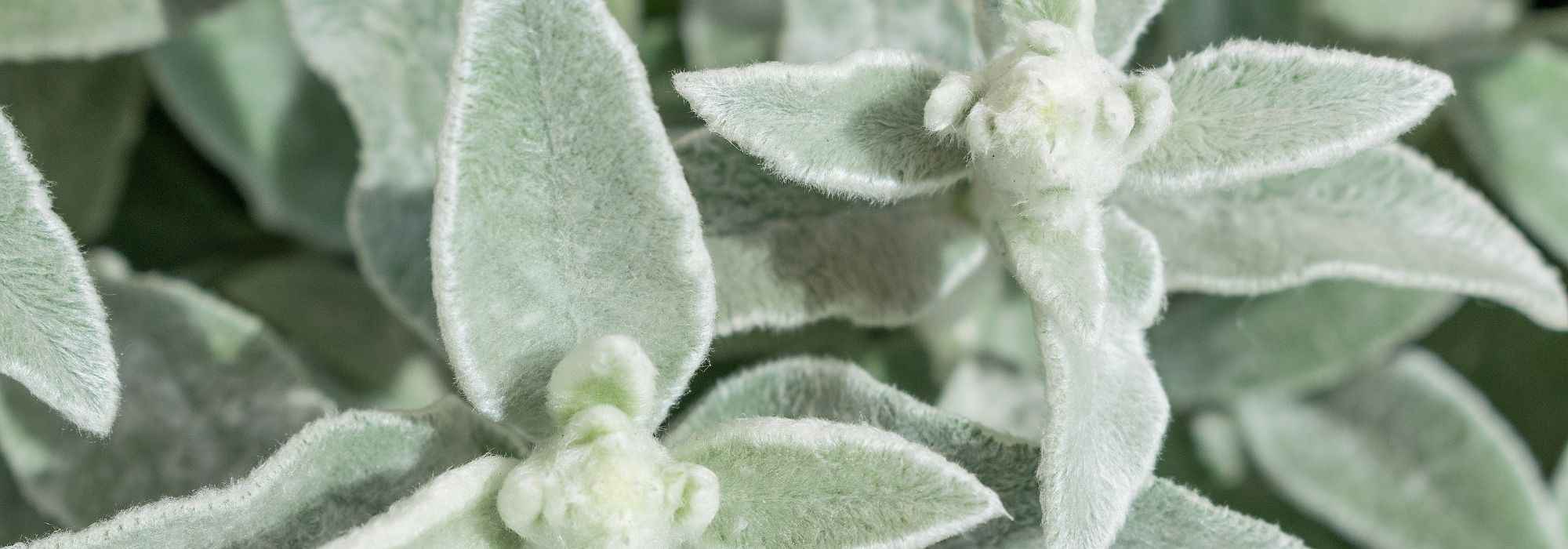
7 perennials with grey or silver foliage
Essential varieties for sun or shade!
Contents
Grey is both a neutral and luminous colour. Neutral because it pairs well with everything, allowing for the combination of bolder colours or tempering scenes with strong tones. Luminous because in plants, this grey is often silvery, even almost white. Often downy, the perennial plants with grey foliage are sometimes very soft to the touch and particularly suited to full sun, poor soils, and drought. Others are best reserved for shadier, cooler borders, meaning you can find a plant suitable for every situation. I therefore present a selection of 7 grey or silver perennials, which, in addition to their highly decorative foliage, offer, for some, a very beautiful flowering.
Garden Campion (Lychnis coronaria)
The Corncockle is suitable for all gardeners. Very easy to grow, extremely hardy, drought-resistant, and undemanding, it is considered a short-lived perennial or a biennial, but its self-seeding makes it a perennial plant. Its grey, downy foliage forms a persistent rosette, from which well-ramified and sturdy stems emerge in late spring or early summer. Magenta pink for the species type, the single flowers are crimson red in ‘Atrosanguinea’, red and double in ‘Gardener’s World’, immaculate white for the variety ‘Alba’, or white with a soft pink centre in ‘Angel’s Blush’ (syn. ‘Occulata’). The plant grows between 40 and 80 cm depending on the growing conditions. Preferring full sun or partial shade, it is essential in cottage gardens, romantic gardens, or natural settings. It tolerates all well-drained soils, even stony, acidic, or slightly calcareous, and requires very little care.
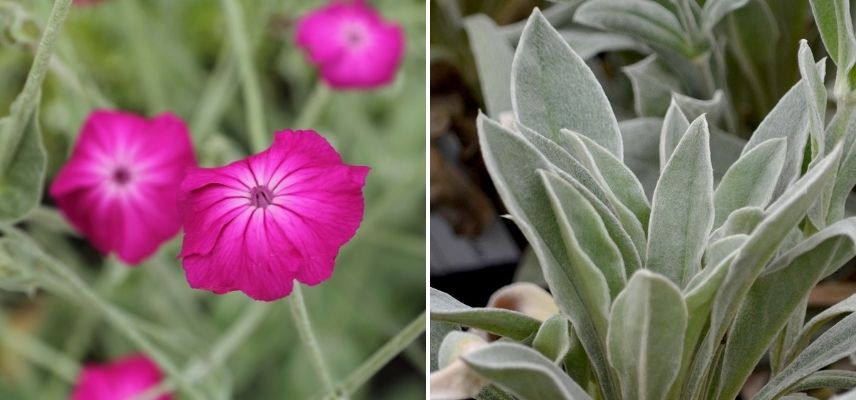
Lychnis coronaria (photo from left Wikipedia)
–> All our varieties of Lychnis, to discover online.
–> Corncockle, Lychnis: how to plant, grow, and maintain it?
Silver Sage (Salvia argentea)
The Silver Sage is a perennial that sometimes behaves like a biennial. It also offers evergreen foliage, aromatic, and composed of large silver-grey leaves, whose down whitens in season. From its basal rosette, long spikes rise between May and July, giving birth to numerous white flowers, which form beautiful punctuations about 80 cm high. Its long flowering is followed by seed setting, which should be removed to increase the lifespan of this beautiful perennial. It prefers sandy or stony soils, even poor and alkaline ones. Its main enemy is insufficient drainage, which can condemn the plant in winter. In well-draining soil, and placed in full sun, this sage is resilient down to -15°C.
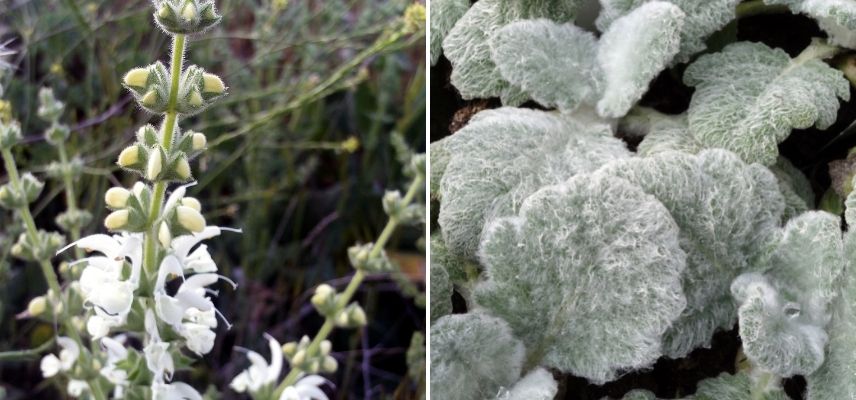
Salvia argentea (photo from left Wikipedia)
–> Discover our wide selection of sages, available in our online nursery.
–> Planting, growing, and maintaining sages, all our tips.
Discover other Grey and silver foliage perennials
View all →Available in 0 sizes
Available in 1 sizes
Available in 1 sizes
Available in 1 sizes
Available in 1 sizes
Available in 1 sizes
Available in 2 sizes
Available in 1 sizes
Available in 1 sizes
Available in 1 sizes
Red Bleeding Heart (Dicentra ‘Burning Hearts’)
This Bleeding Heart ‘Burning Hearts’ is a stunning hybrid that requires some care. This fast-growing perennial forms a plant that reaches 40 cm in all directions, with finely dissected foliage that displays unique grey-blue tones. Between late spring and summer, numerous heart-shaped, bright red flowers edged in white gracefully adorn the plant. While it is not afraid of root competition and can thrive at the base of trees and bushes, it requires rich, deep, humus-bearing soil that remains moist during its growth period. Under these conditions, and provided the soil is neutral to acidic, it can naturalise thanks to its rootstock, which gradually spreads. Preferring shade and partial shade, and being perfectly hardy, it is a plant that brightens up woodlands or forest edges that do not dry out in summer.
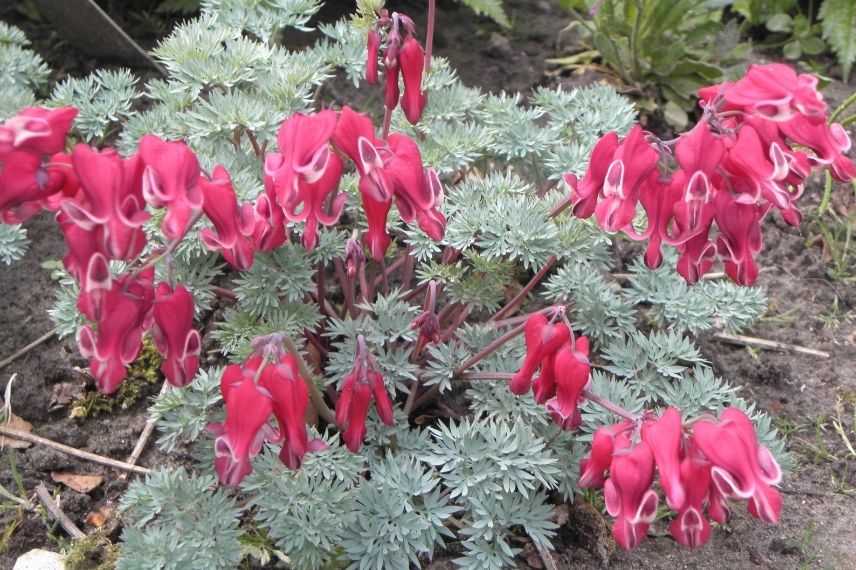
Dicentra ‘Burning Hearts’ (photo Wikipedia)
–> A wide variety of Dicentra is available at our nursery.
–> Planting, growing, and caring for Bleeding Hearts.
–> Pairing Bleeding Hearts: 8 ideas for inspiration!
Read also
7 Stunning Purple-Leafed PerennialsLamb's Ear (Stachys byzantina)
The Woolly Betony is also known as ‘bear’s ears’, due to its foliage covered in bristles and particularly fluffy, with an incredible softness to the touch. The long evergreen leaves are silvery grey, which can appear almost white in dry soil. This spreading perennial is an excellent ground cover that extends through rootstocks, forming dense mats that are very difficult for unwanted herbs to penetrate. Standing at 20 cm, the plant sends up floral stems in late spring that are equally grey, along which tiny mauve-pink flowers are inserted. At this stage, the plant reaches about fifty centimetres in height. Very hardy, not fearing drought and with rapid growth, it thrives in sunny exposures and requires deep but well-drained soil, in full sun or partial shade.
Stachys is ideal for the edges of borders, to highlight a path, or to showcase many companion plants (roses, grasses, tall perennials, trees, and bushes). Stachys ‘Big Ears’ is a variety with even larger leaves.
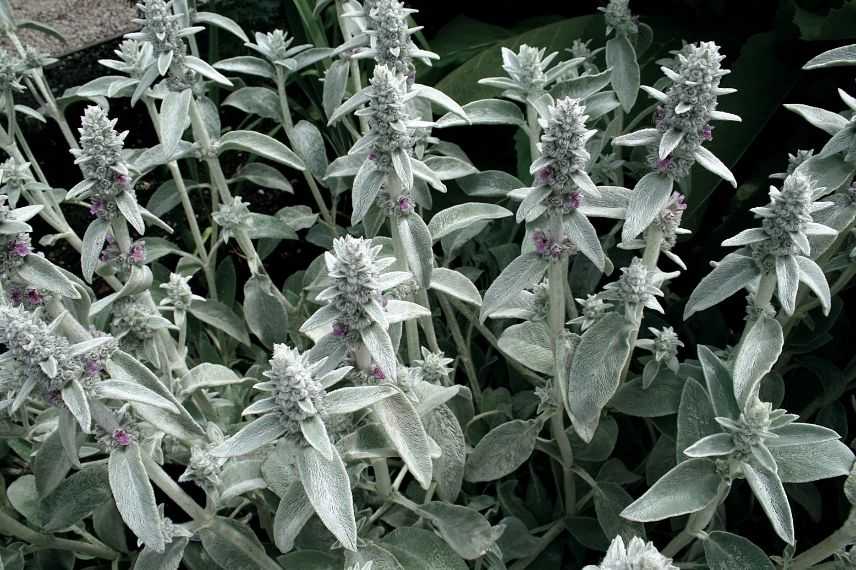
Stachys byzantina (photo Jean-Pol Grandmont)
–> Discover our different species and varieties of Stachys.
–> Stachys, bear’s ears: how to plant, maintain, and grow them.
→ Learn more about Stachys with Olivier’s video.
Caucasian forget-me-not (Brunnera macrophylla ‘Looking Glass’)
The Brunnera ‘Looking Glass’ is a stunning variety with luminous foliage. The slightly villous and heart-shaped leaves are entirely silver; only the veins and a fine edge are subtly highlighted in green. Its vernacular name comes from its spring flowering in clusters of light blue flowers, which inevitably remind one of those of Myosotis. The Brunnera is deciduous, yet quite perennial, and eventually forms a colony that brightens up the dimly lit areas of the garden. Standing at 40 cm and very hardy, the plant gradually spreads and also self-seeds spontaneously, although sowing may yield random results. Plant it in any ordinary, cool but well-drained soil, in the shade of trees or bushes, for example. It can also tolerate a bit of sun during the cooler hours of the day. An excellent ground cover for woodlands, it can also be enjoyed in pots, where its cultivation poses no more trouble than in open ground.
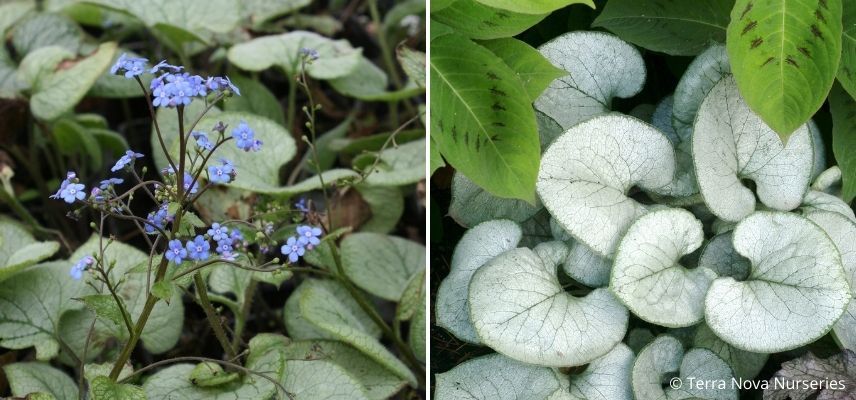
Brunnera macrophylla ‘Looking Glass’
–> A wide range of Brunnera is available on our site.
–> Planting, growing, and maintaining the Caucasian Myosotis.
Sea Cineraria 'Angel Wings' (Senecio 'Angel Wings')
‘Angel Wings’ is a variety of sea cinerea grown for its broad, uncut foliage. Covered in down, it is a very light silver-grey that can even appear white. Evergreen, this perennial, sometimes classified as an undershrub, forms a dome 90 cm high and 1 metre wide in open ground, and about half that when grown in a pot. In summer, yellow flowers develop, but its ornamental interest is negligible. With limited hardiness (around -7°C), this Senecio accepts all exposures, in light or heavier soil, but perfectly drained, even dry. Sandy and salty soils do not deter it, making it a good candidate for seaside gardens, especially as its hues match everything. Its great drought resistance is a real asset, and it can adorn a border just as well as a pot composition.
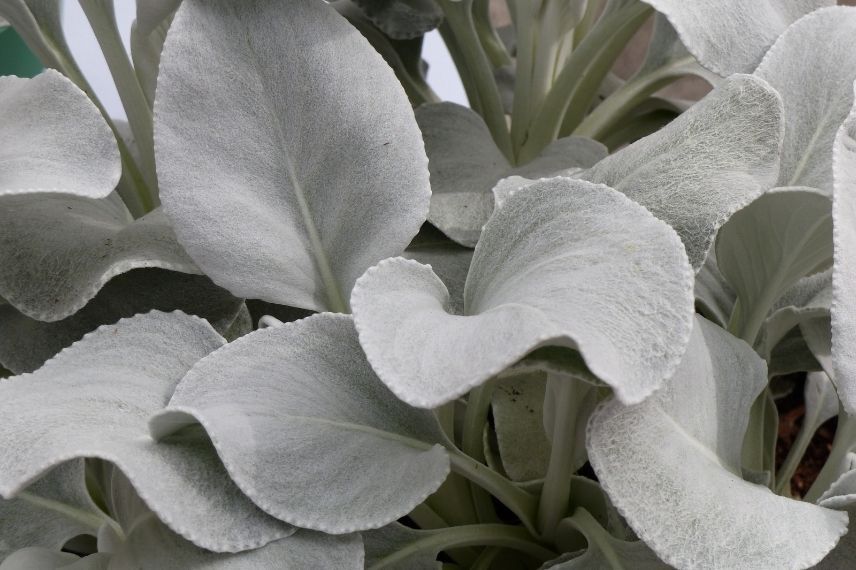
Senecio ‘Angel Wings’
Spike Speedwell ‘Silbersee’ (Veronica spicata ‘Silbersee’)
The Veronica ‘Silbersee’ is a beautiful spreading perennial ground cover. With a spreading habit, it measures about 50 centimetres wide and approximately 15 cm high (and 30 cm at flowering time). Its foliage is very bright, silver-grey, narrow, and finely dentate. It can be deciduous, semi-evergreen, or evergreen depending on the climate. This grey mat is topped in summer with a delightful flowering, in erect spikes covered with a multitude of small violet star-shaped flowers. Hardy down to -15°C, this Veronica thrives ideally in poor, stony, even calcareous and dry soil. Provided there is excellent drainage, it can also prosper in more substantial soil. Reserve a sunny spot for it, such as at the edge of a border or in a rockery. This vigorous and drought-resistant perennial spreads through its rootstock, and it can self-seed when the growing conditions are suitable.
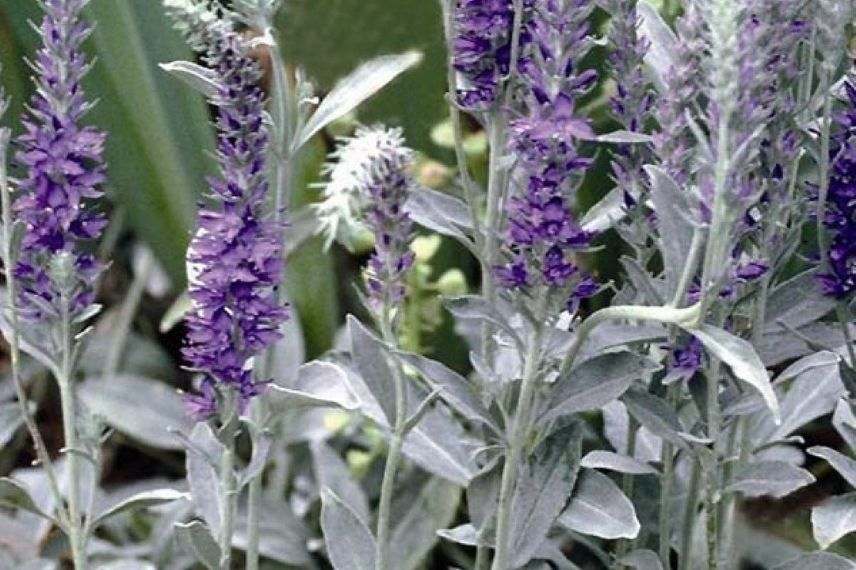
Veronica spicata subsp. incana ‘Silbersee’
–> We offer a very wide variety of Veronicas in our online nursery.
- Subscribe!
- Contents
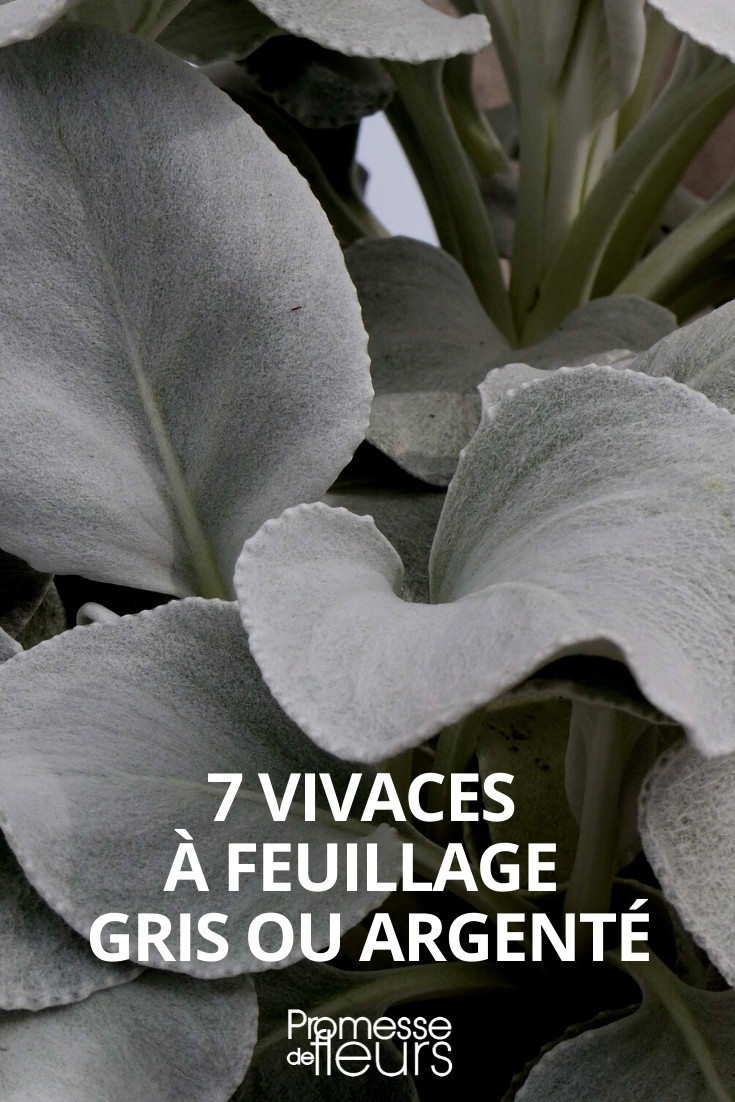































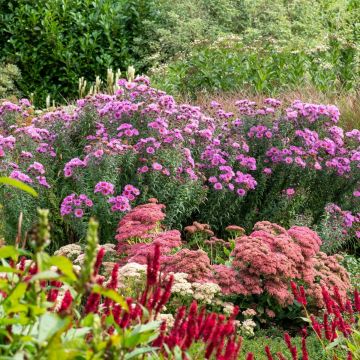

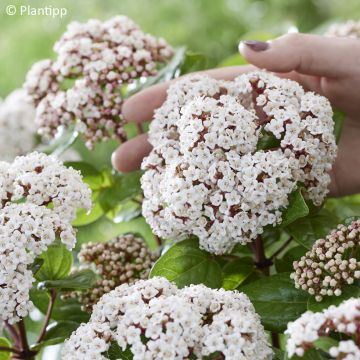
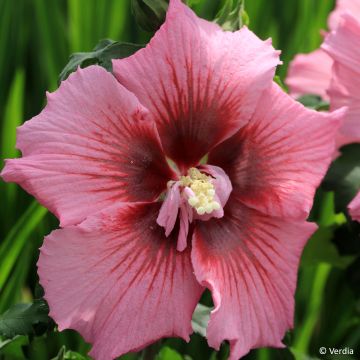
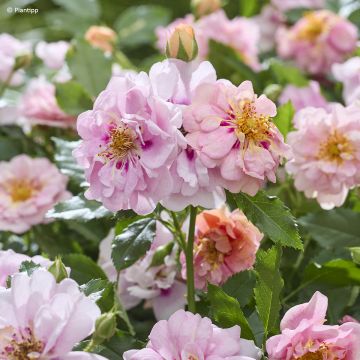
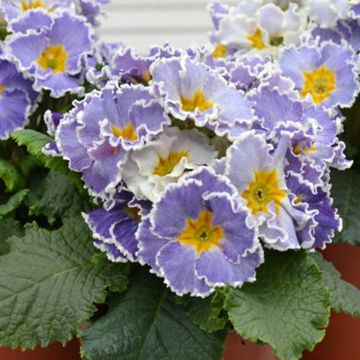
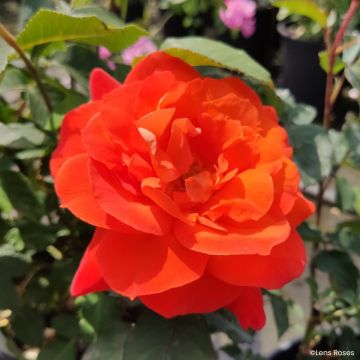
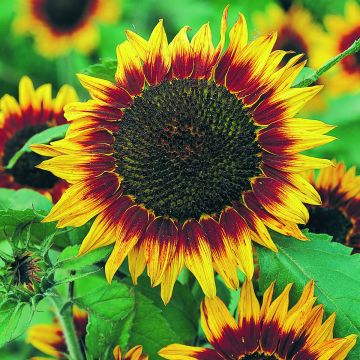
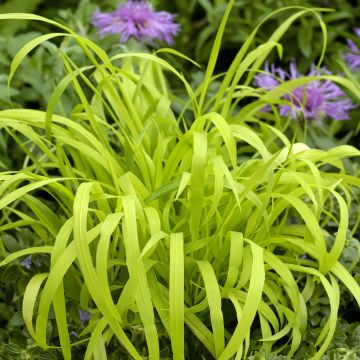
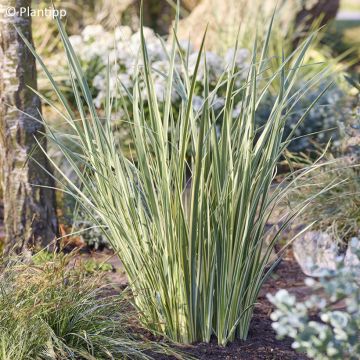
Comments